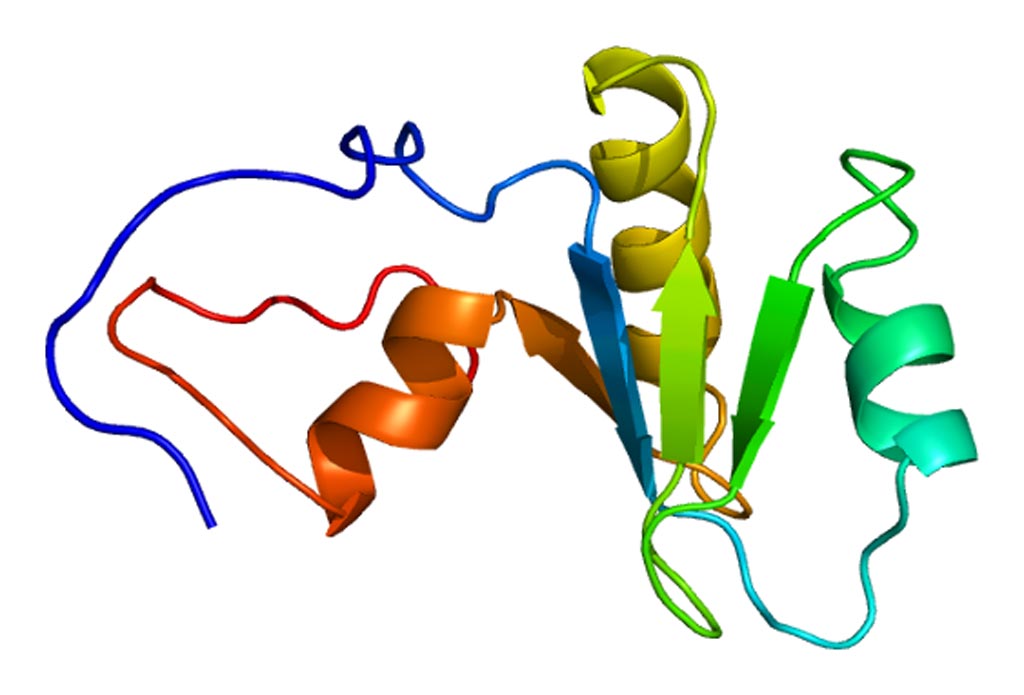Whole Exome Sequencing Offers Clinical Value in Diagnosing CKD
By LabMedica International staff writers
Posted on 11 Dec 2017
Whole exome sequencing was used to identify the genetic cause of chronic kidney disease in a population of patients, a finding that influenced subsequent treatment of the disease.Posted on 11 Dec 2017
Whole exome sequencing (WES), is a transcriptomics technique for sequencing all of the protein-coding genes in a genome (known as the exome). It consists of two steps: the first step is to select only the subset of DNA that encodes proteins. These regions are known as exons – humans have about 180,000 exons, constituting about 1% of the human genome, or approximately 30 million base pairs. The second step is to sequence the exonic DNA using any high-throughput DNA sequencing technology.

Image: The structure of the PARN (Poly(A)-specific ribonuclease) protein (Photo courtesy of Wikimedia Commons).
The utility of WES for the diagnosis and management of adult-onset constitutional disorders has not been adequately studied. Investigators at Columbia University Medical Center (New York, NY, USA) recently suggested that genetic diagnostics could be advantageous in adults with chronic kidney disease (CKD), in whom the cause of kidney failure often remained unknown.
Toward this end, the investigators performed whole exome sequencing on samples from 92 adults with kidney disease.
Results of whole-exome sequencing provided a diagnosis in 22 of 92 patients (24%), including nine patients with CKD of unknown cause and encompassing 13 distinct genetic disorders. Among these, loss-of-function mutations were identified in the PARN (Poly(A)-specific ribonuclease) gene in two patients with tubulointerstitial fibrosis. PARN mutations had been implicated previously in a short telomere syndrome characterized by lung, bone marrow, and liver fibrosis; the findings in the current study have extended the phenotype of PARN mutations to renal fibrosis.
“Because CKD is usually silent in the early stages, it may not be detected until an individual develops severe kidney problems,” said senior author Dr. Ali G. Gharavi, professor of medicine at Columbia University Medical Center. “At that stage, the patient may be sent to a variety of specialists in order to identify the type and cause of the disease and determine the best treatment. In this study, we hypothesized that genomic testing would help us answer these questions, without sending patients on a time-consuming and often frustrating diagnostic odyssey.”
“Our study, though small, demonstrates that whole exome sequencing may offer real clinical value in diagnosing and managing patients with kidney disease, especially those with a family history of kidney problems or those with an unknown cause of disease,” said Dr. Gharavi. “Additional studies, in larger and more diverse patient populations, could help better define which categories of patients would benefit most from genomic sequencing in their clinical workup for kidney disease.”
The study was published in the December 5, 2017, online edition of the journal Annals of Internal Medicine.
Related Links:
Columbia University Medical Center













